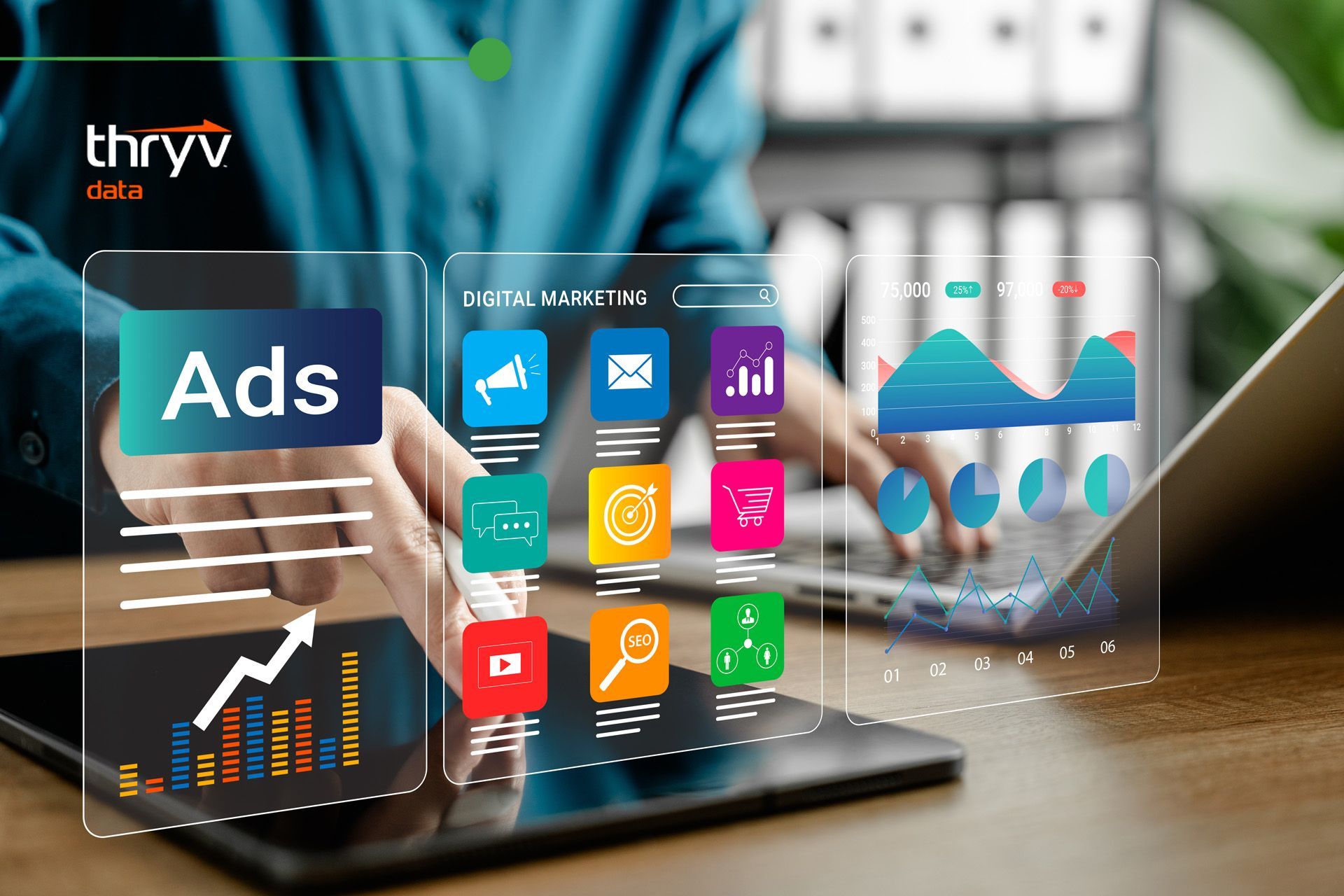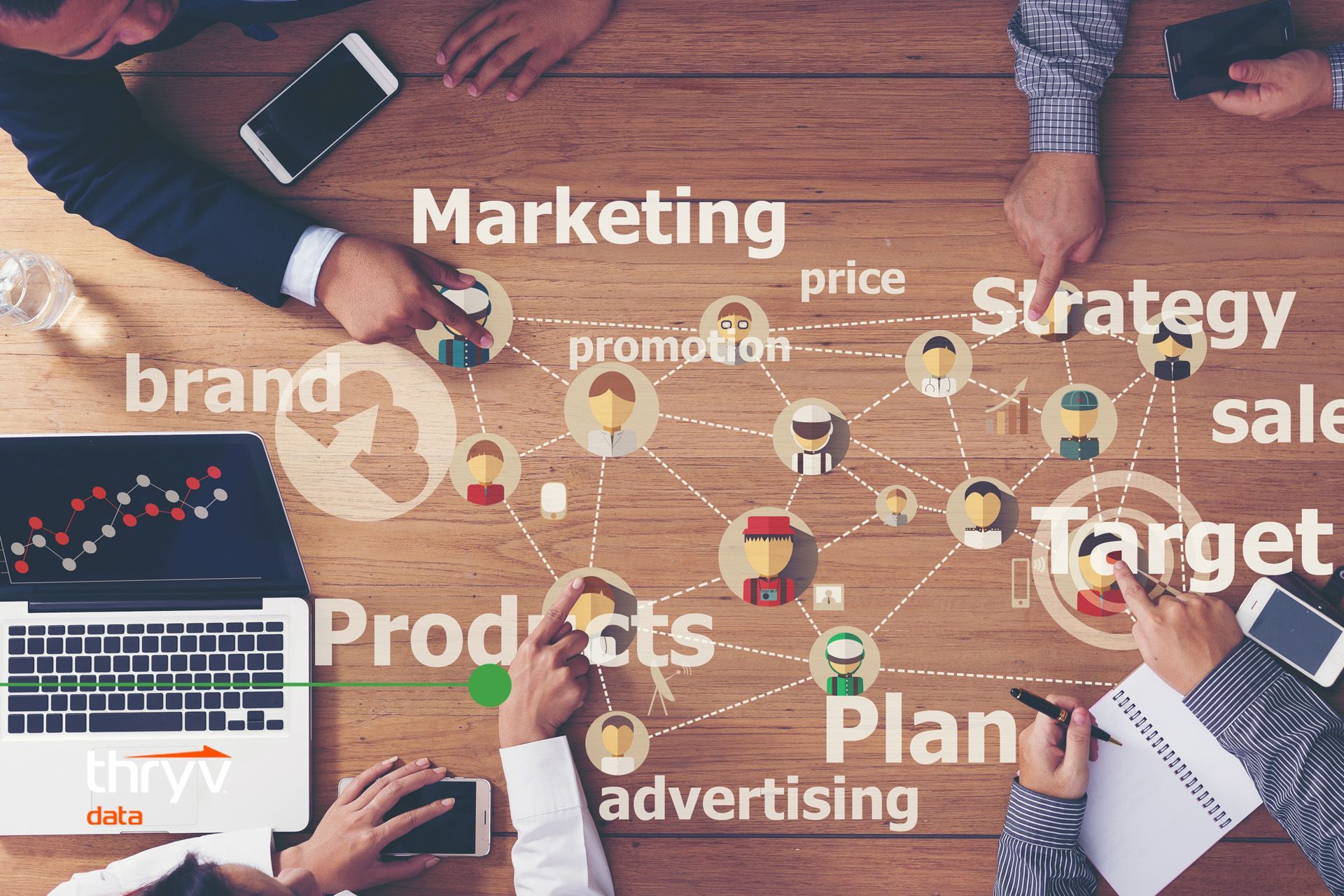How small-to-medium businesses can use consumer data to grow

Taking a standard approach to business strategy and marketing is not always enough. SMBs are constantly competing to reach consumers and make an impact. In an increasingly and ever-evolving connected digital world, consumers are exposed to thousands of messages across numerous digital channels daily.
Within this competitive environment, data can be the key for small-to-medium businesses (SMBs) that need to connect with customers, build relationships and grow revenue.
Removing the fear of using data
Not knowing and understanding just what consumer data can offer a business, is a missed business opportunity for many SMBs. Most still just stick to traditional ways of marketing.
Small-to-medium businesses often fear using data, as it’s not something they’re familiar with and therefore, comfortable utilising and working with.
The reasons for this can vary from being time-poor to limited resources and early stages of digital transformation, or just a lack of knowledge about what they can do with the data they hold.
If you want to provide tangible outcomes to your customers as well as become more equipped to compete against larger businesses, and well-resourced companies, then using data - and using good quality data – could provide you with the edge you need.
Consider adding data to the top of your to-do list
For a business, getting started utilising data there is a two-stage process.
1 First, you need to leverage existing data sources - often SMBs have existing data like emails, phone numbers and addresses. You might also have useful data like average spending and how much time you spent with customers.
Take the time to understand the data you already have on hand, and begin to take control of your customer experience and customer journey.
Leveraging close relationships with your customers can be an advantage you or smaller businesses. Spend time understanding your customer needs to guide your business strategy, providing value to existing and future customers.
When reaching out to your existing customers, it’s not always about trying to sell them what you can in terms of products and services. It’s about giving them value through things they’re interested in.
2. Secondly, expand the data you use beyond just ‘demographic’, and into the ‘psychographic’.
Understanding more than just the ‘what’, but the ‘why’ - why do your customers choose to purchase from your business?
Small businesses can also take advantage of psychographic data to map out their current market and expand on their insights. Start focusing on more holistic market research - understanding not just where customers are geographically, but what their values are and what are they interested in.
Achieve your business goals by harnessing the potential power of data
Thryv Data has helped many businesses to utilise first, second and third-party data to achieve their business goals. One such business, a small government department, had a very specific data requirement where they needed the exact map location of the people requesting their services. Address data would not suffice as they required granular details.
Every error made in location targeting could cost the department thousands of dollars, and lead to customer service issues as well as impact internal resources.
Thryv Data was able to help them not only get the specific information they need but also validate that data. By getting it right, they’ve reduced the number of customer complaints and have freed up their call centre for other work.
For a government department that is as stretched as it is, the saving on operational costs and resources makes a substantial difference to their bottom line.
Key business decisions made easy with data
The inspiration for an SMB to start using data often comes from a CTO or the marketing department - people in the business who understand what they want in terms of data quality and enrichment.
But what about businesses that don’t have a CTO or a marketing department? Where should they start?
Engage a specialist data company they can help paint a better picture of who, why, what, when and how, in terms of your customers and potential customers.
It’s important to validate any information that comes in - a part of the process that can be easily overlooked. Small businesses should clean their database every 6 to 12 months, people move houses, change their phone numbers and create new email addresses regularly.
Thryv Data is a one-stop shop for SMBs when it comes to data, regardless of whether you’re targeting B2B or B2C audiences.
Whatever your data needs, Thryv Data provides a multitude of services that can support your business growth.
Book a demo or chat with us now!
Share article











